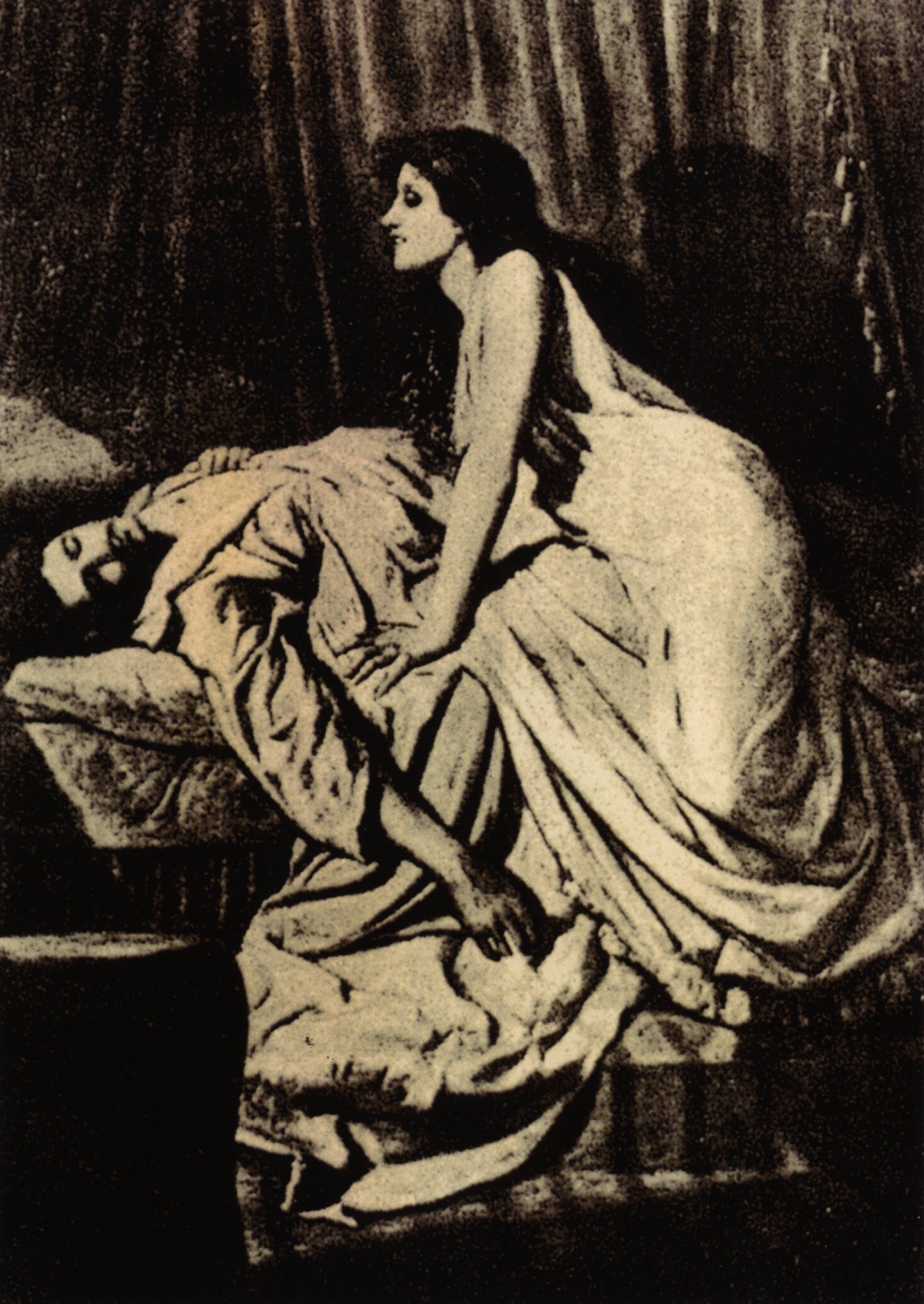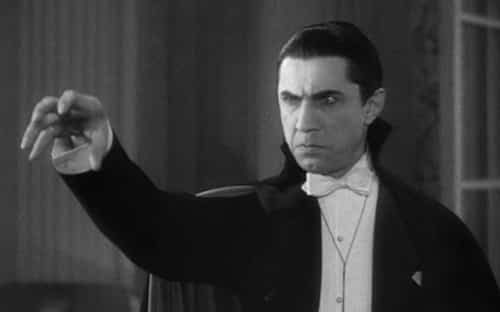Did you know that historical Dracula was Catholic and the vampire myth is a depiction of Eucharistic theology demonized? This is one reason why “vampire fiction” is so successful. It draws on the human desire to live forever, but it does it from the point of view of lust and predatory behavior.
I haven’t read the Twilight books, but I have seen the movie. Meyer, like Anne Rice, has demonstrated that the topic of vampirism is incredible fascinating…and addictive. Nevertheless, I don’t like Stephanie Meyer’s depiction of vampires in Twilight. Edward Cullen, after all, is just so sweet and charming. Sure, he is dreadfully pale and carries that far away look in his eye, but he’s far from frightful apparition of Béla Lugosi in the 1931 version of Dracula) – billed as a nightmare of horror!
Aren’t vampires supposed to be demonic or satanic? I resolved that before I got too involved in Twilight, I’d go back and read the original Dracula by Bram Stoker. So I downloaded it onto my Kindle for a mere $0.99 and started reading it…
Wow! Stoker’s Dracula is a page-turner (on a Kindle is it a “button-masher”? I don’t know.)
Vampires in Bram Stoker’s Dracula
I was surprised at how “Catholic” the book is. English Protestant characters find the rosary and crucifix charmingly superstitious. However, as they come to understand the nature of Count Dracula, these Catholic sacramentals become their sole armor against demonic UnDead who thirstily seek their throats.
From a Catholic point-of-view, the most difficult element of Stoker’s Dracula is that the Catholic hero Dr. Van Helsing uses the consecrated Eucharist as a form of “sanitation.” He carries consecrated hosts in an envelope, and assures his Protestant friends that he received an “indulgence” to do so. Incidentally, here is a blatant example of 19th century ignorance regarding things Catholic – since an “indulgence” is not permission to do something unlawful.
We find Van Helsing crumbling the Holy Eucharist and placing it in door jams and making protective circles around him and others with the Eucharistic crumbs. Of course, the strategy works and the vampires cannot pass the fragments of Christ’s consecrated Body.
A Catholic has to ask, “Is this kosher?” The answer, of course, is negative. One cannot desecrate the holy in order to fight the unholy.
Vampires and the Eucharistic Imagery of Dracula
However, the ubiquitous Eucharistic imagery in Stoker’s Dracula highlights two important elements pertaining to the nature of vampires. The first is that only the Catholic Eucharist perfectly repels Count Dracula because the Eucharist is Christ himself. Hence, the vampire legend is a Christian legend, but especially a Catholic legend.
Secondly, it highlights the nature of vampires as not merely “Antichrist” but “Anti-eucharist.” Think about it. They live off the body and blood of their victims. The life is in the blood and vampires thrive thereby. Christ proclaimed: “Unless you eat my flesh and drink my blood, you have no life in you. He who eats my flesh and drinks my blood has eternal life and I will raise him up on the last day.”
Ironically, the vampire cannot abide the presence of the Eucharistic Body and Blood of Christ. Moreover, the vampire as an “antichrist” constantly mocks the reality of the resurrection of Christ as a re-animation of his dead body. Just as Christ linked the consumption of His flesh and blood to the final resurrection of the faithful, so the demonic vampire links drinking blood to the foul resurrection of his own body.
Bram Stoker’s Dracula captures the biblical worldview by illustrating vampirism as a pseudo-Catholicism. Unfortunately, Stephenie Meyer falls short. I’m not saying that she hasn’t concocted an interesting tale of adolescent angst. However, by positing the existence of “good vampires,” she has destroyed the genre. The shift is akin to suggesting that there are “good devils.” The adjective destroys the meaning of the noun. Meyer has also abstracted the Catholic element from the vampire legend. There are no crucifixes, rosaries, or Eucharistic interactions. Just love and tears.
Here’s my brutally honest assessment. I’m ready for criticism, so let if fly. The problem is that Stephanie Meyer is a Mormon. There, I said it. She does not think in terms of sacramentality. Instead, she thinks of spirituality in terms of the Mormon doctrine of “eternal marriage.” The story is about achieving an eternal marriage between Bella Swan and Edward Cullen. This is Mormonism 101. Salvation consists in attaining a spiritual union than cannot be obstructed by temporal death. Meyer rather brilliantly reinterprets her Mormon ideals into a tale about vampirism. Meyer isn’t telling a vampire story. She’s telling a Mormon myth with renovated “vampires.”
Gone are those old time vampires who avoid the Eucharist with unholy hatred. Gone is that old time religion, i.e. the Catholic one…
Godspeed,
Taylor Marshall




Comments Policy: I reserve the right to delete comments that are offensive or off-topic. If your comment contains a hyperlink to another site, your comment automatically goes into "Comments Purgatory" where it waits for release by way of moderation.